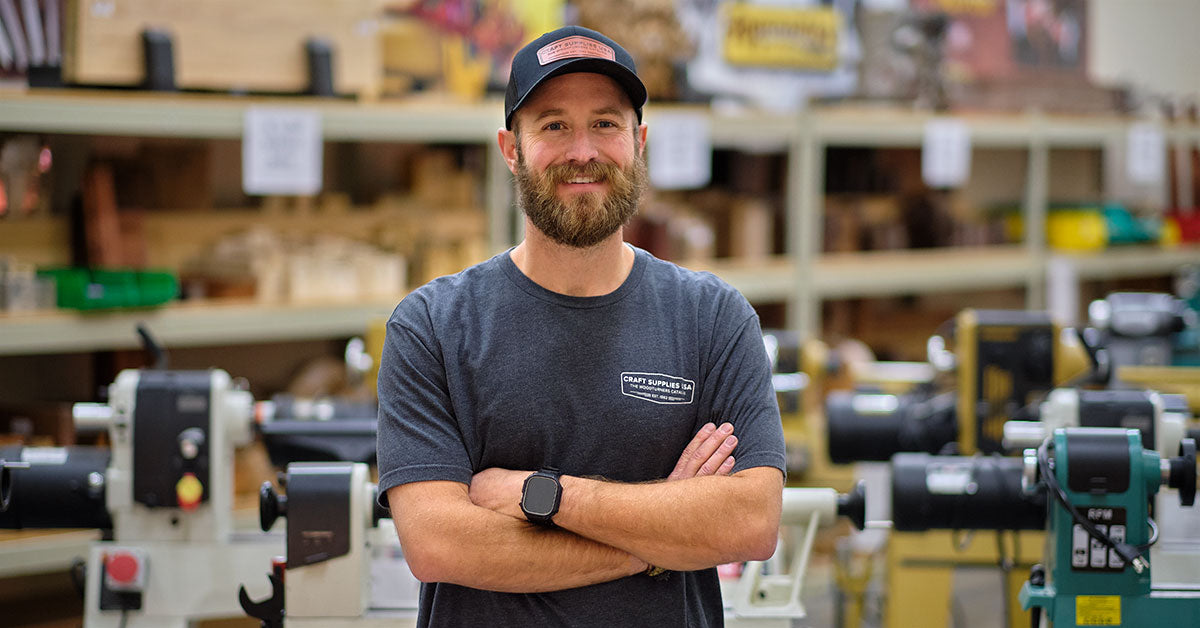rons
Diamond
- Joined
- Mar 5, 2009
- Location
- California, USA
I was looking at pics 1 & 2 for post 1. See the big nut underneath the four step pulley.
If the head could be swung around to face the other direction you would have outboard turning.
Might be easy to make adapter plate. Probably the best made is the Graduate.

For me the outboard operation requires a left-hand thread so that a face plate does not spin off.
I use a 6" face plate that is threaded for both right and left-hand. I can use it on both sides.
If the head could be swung around to face the other direction you would have outboard turning.
Might be easy to make adapter plate. Probably the best made is the Graduate.

Graduate lathe, a great machine for bowls, though not without faults.
The Graduate lathe has some weak points, but remains a great machine to use. The short bed version is very good for bowls and large work.
turnedwoodenbowls.co.uk
For me the outboard operation requires a left-hand thread so that a face plate does not spin off.
I use a 6" face plate that is threaded for both right and left-hand. I can use it on both sides.
Last edited:


